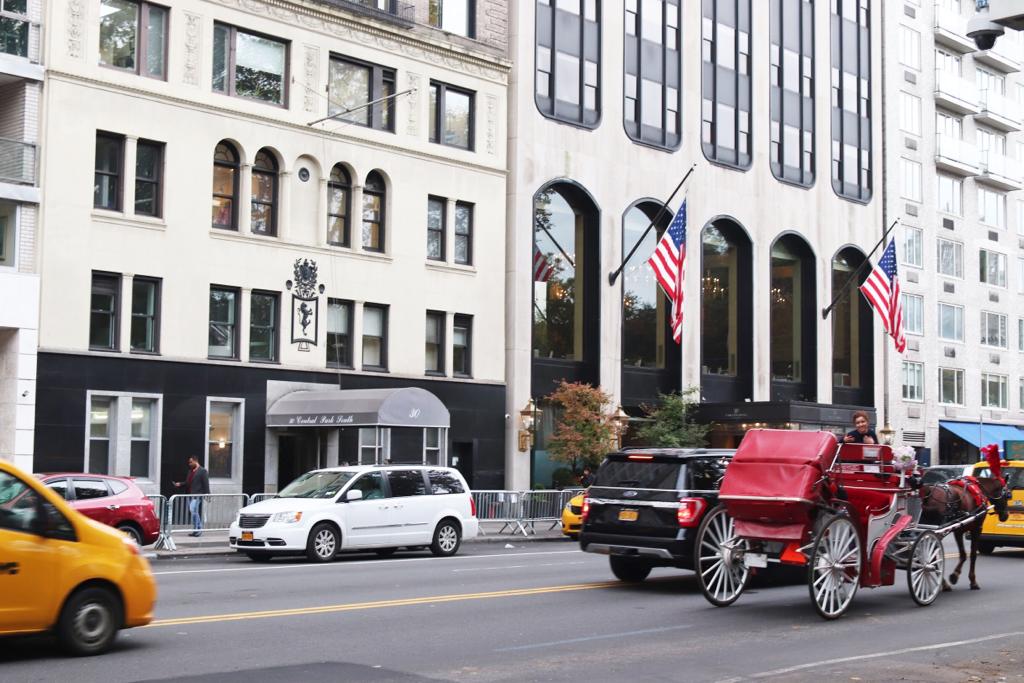Crown & Bridge Restorations
PATIENT REVIEWS
One of the main advantages of Dr. Edalat’s cosmetic dental studio is that you can complete your entire treatment by certified specialists who communicate in detail all aspects of the treatment that are interrelated for optimal results. Most patients don’t like the inconvenience of having to go to different offices to complete their work. There is the risk that the timing sequence to complete a certain treatment when it is being done at different offices may compromise the final result. Also since the work is being done in different offices there may be a miscommunication between the referring doctors which may also compromise the final result.
PATIENT EDUCATION VIDEOS
Did You Know: Bridges
PATIENT EDUCATION VIDEOS
All Porcelain Bridges
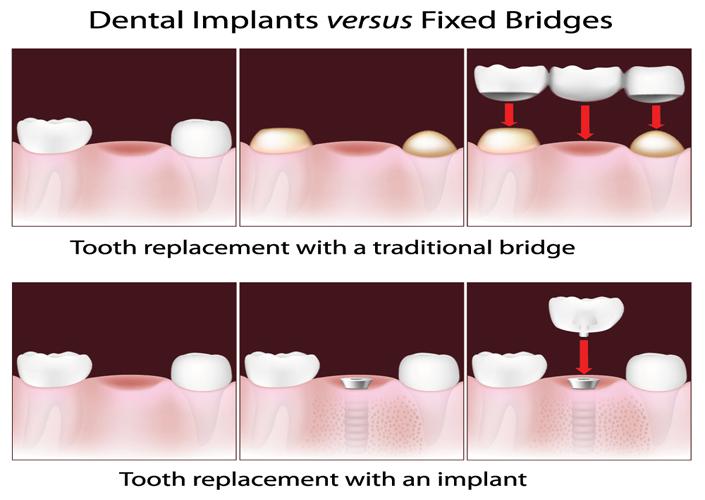
Crown and bridge restorations are dental prosthesis which are meant to imitate the natural teeth in function and aesthetics. These dental prosthesis restore teeth that have lost their tooth structure due to extensive caries, which is tooth decay, or after the tooth has been treated for root canal therapy it may need to be restored by a crown in order to strengthen the existing tooth which has compromised strength due to extensive loss of tooth structure. Another reason for a tooth to need a crown may be due to an accidental trauma where the tooth may have fractured. Other reasons for placing crowns and bridges are due to severe bruxism (grinding of the teeth) cases where the teeth may have been worn down extensively and as a consequence the vertical bite of the individual may be less than it was. In such cases a complete oral rehabilitation is necessary which may include elective root canal therapies in conjunction with restoring the teeth with porcelain crowns and bridges.
One of the fundamental rules in prosthetic dentistry is that when a tooth loses gift percent or more of its natural tooth structure, it will need to be protected by a crown to recuperate its original strength thus preventing potential tooth fractures in the future. The consequence of a tooth fracture can be debilitating because it may require a root canal therapy if the nerves chamber is exposed during the fracture. Depending on the severity of the fracture the tooth may need to be extracted which will lead to further trauma and more costs to restore the missing tooth later with a porcelain or ceramic bridge or an implant. Other complications may include the need to perform bone graft surgeries prior to restoring the area with an implant or fixed bridge depending on how much bone loss occurred during or after the extraction of the fractured tooth. The temporary tooth helps to protect the tooth from thermal shock so the patient will be more comfortable during the treatment phase. The temporary teeth also help protect the teeth from potential caries and to keep the tooth in its actual position until the final definitive restoration is placed. because any micro movement of the teeth may affect the passive seating of the final restoration thus complicating the treatment process. The temporary teeth also are an aesthetic substitution that the patient will use during this interim phase of the treatment.
In general the crown or bridge procedure may require two to five dental appointments each at a week or more apart to finalize the case, depending on the complexity of the case. Therefore the treatment time may take anywhere between two weeks to a month or longer to finalize again depending on the complexity of the particular case.The procedure is as follows: Dr. Edalat will prepare the teeth by shaving them to about half their original size and then a silicone pude impression is taken of the prepared teeth and sent to the laboratory for the technician and master ceramist to start the fabrication of the substructure of the crown or bridge restorations. In the same visit that the teta are prepared Dr. Edalat will place either a custom lab made or chair side fabricated temporary teeth that the patient will wear for the duration of the treatment which may take between two weeks or longer to finalize.
In the following visit Dr. Edalat will try in the substructure of the crown or bridge called the coping, to make sure there is a passive seating and that all the margins are sealed and at the correct position. Also the interoclusal space is verified to make sure there is enough space with the antagonist teeth for the application of the porcelain on the coping by the master ceramist. Following these careful steps another silicone impression know as the pick up impression is usually taken with the coping in the mouth to help the laboratory create the ideal anatomy and form of the final desired porcelain or ceramic crown s or bridges. In the same visit the doctor will register the bite of the patient so that the laboratory will be able to fabricate the final restoration precisely. In the third visit Dr. Edalat will try in the crowns or bridges that are now with the final appearance of the desired result. The master ceramist will have applied the feldspathic porcelain or other ceramic material of choice. During this visit the doctor will evaluate the interdental contacts to make sure they are adequate. In some cases the crown or bridge may need to be returned to the laboratory for the technician to adjust the contact point in order to prevent food impaction between the teeth which may lead to future complications such as subsequent caries or gum problems including bone loss around the teeth involved. In this third visit the doctor also evaluates the bite and if needed will adjust the bite by removing excess porcelain or ceramic material from the crown or bridge so the patient will have a comfortable and balanced bite. If the bite adjustment can not be done in the office the doctor may need to return the work back to the laboratory so they will correct the occlusion (bite) and a subsequent visit is scheduled to retry the crown or bridge and make sure the bite is well balanced. This is a critical step in order to ensure the comfort of the patient and also to prevent potential porcelain fractures which may be due to a high bite. This is the reason that Dr. Edalat emphasises to his patient to have patience during this reconstructive phase in order to achieve optimal results. As he explains with his usual good humor and patience “Rome wasn’t built in one day”!
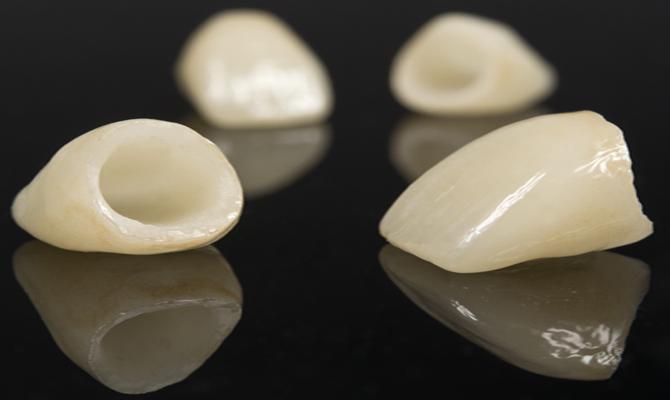
There are several options of dental materials that may be used to create the crowns and bridges. Dr. Edalat carefully explains the advantages and disadvantages of each option so that his patients can make an educated and informed decision as to the ideal material for their particular case.
There are two main options available for crown and bridge restorations which patients usually opt for. They are as follows:
1. Metalo-ceramic crowns and bridges which are made of a metal coping substructure which may be made of non precious, semi precious or precious metals; and a porcelain coating that is applied on top of the metal and hand sculpted by the master ceramist. These types of restorations are more indicated for non aesthetic regions of the mouth because they are not as natural and aesthetic in appearance compared to all ceramic crowns. Especially at the crown margins there may appear a dark greyish color of the metal over time which patients do not like. Therefore Dr. Edalat usually will recommend these types of crowns in the posterior regions of the mouth, the molar teeth area where the teeth are not visible during smiling or talking.
2. All ceramic crowns are the choice for aesthetic regions of the mouth and for more demanding patients. There are several different types of ceramics in the market today which may be a confusing choice for the patient to decide. Dr. Edalat again goes over in detail the advantages and disadvantages of each ceramic type so that the patient cam make an educated decision along with the doctors help. The main ceramics used today in the market which offer the best aesthetics and function are Feldspathic porcelains, Zirconia ceramics and Imax ceramics.
Dr. Edalat’s team verifies the scientific, artistic, and technical aspects of each case and their master ceramists execute their custom made hand crafted work to create natural looking crowns, bridges, inlays, onlays and implant restorations.
Dr. Edalat communicates intimately with his lab technicians on each case through photos, videos and when necessary taking his patients to his dental laboratory to achieve optimal results according to his high standards of care. For example, if a particular case is more challenging to obtain the exact shade of the porcelain or ceramic for the crowns and bridges, the in lab visit with the collaboration of the triad team: patient, ceramist and the doctor facilitates this task, thus expediting the treatment and saving substantial time and energy for the patient.
The internationally recognised works of Dr Edalat’s master ceramist are the fruit of more than 20 years of dedication practicing and teaching at prestigious dental schools internationally, catering to the elite dental professionals and their most demanding patients, and coauthoring books on the advanced aesthetic techniques. Members of the prestigious Oral Design International Foundation, The American society for Dental Aesthetics, and the Dental Laboratory Association of New York. Recognised as one of the preeminent instructors of advanced oral design techniques in the world. Director and clinical professor at the prestigious New York University College of Dentistry continuing dental education course entitled “ Mastering Aesthetics and ceramics”.
Dr. Edalat’s team verifies the scientific, artistic, and technical aspects of each case and their master ceramists execute their custom made hand crafted work to create natural looking crowns, bridges, inlays, onlays and implant restorations.
Dr. Edalat communicates intimately with his lab technicians on each case through photos, videos and when necessary taking his patients to his dental laboratory to achieve optimal results according to his high standards of care. For example, if a particular case is more challenging to obtain the exact shade of the porcelain or ceramic for the crowns and bridges, the in lab visit with the collaboration of the triad team: patient, ceramist and the doctor facilitates this task, thus expediting the treatment and saving substantial time and energy for the patient.
The internationally recognised works of Dr Edalat’s master ceramist are the fruit of more than 20 years of dedication practicing and teaching at prestigious dental schools internationally, catering to the elite dental professionals and their most demanding patients, and coauthoring books on the advanced aesthetic techniques.
Members of the prestigious Oral Design International Foundation, The American society for Dental Aesthetics, and the Dental Laboratory Association of New York. Recognised as one of the preeminent instructors of advanced oral design techniques in the world. Director and clinical professor at the prestigious New York University College of Dentistry continuing dental education course entitled “ Mastering Aesthetics and ceramics”.
The cost of any dental treatment varies depending on several factors such as the experience, technical knowledge and artistic sensitivity of the dentist plus his master ceramist and dental technicians involved. The dental materials used, including the type of the dental implants, and the material used by the dental laboratory such as the type of metals and ceramics employed. This determines the range of cost in any given treatment. It is important for you as the patient to take into consideration the above mentioned variables when deciding on the dental professional you choose to trust with your smile & overall health.
PATIENT EDUCATION VIDEOS
Maryland Bridge Procedure
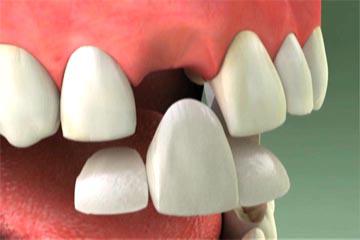
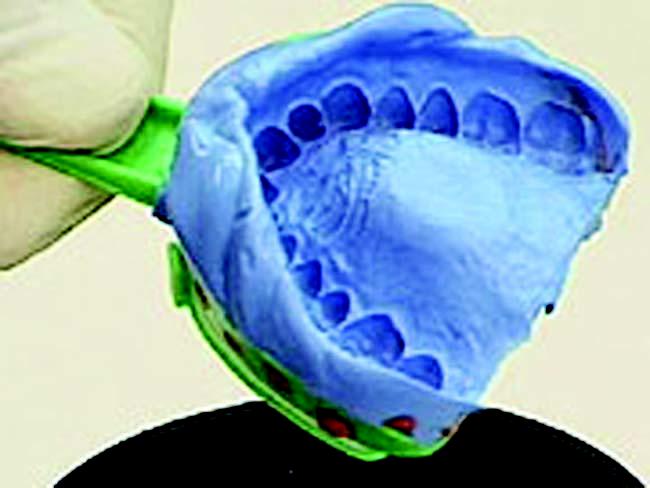



When a tooth is missing, a Maryland bridge can be a good choice for replacing it.
Like all bridges, the artificial tooth in a Maryland bridge uses the support of neighboring teeth to stay in place. But unlike traditional bridges, a Maryland bridge doesn’t require extensive reduction of supporting teeth. Instead, we lightly reduce the backs of the neighboring teeth and bond the wings of the bridge securely to this area.
The wings of a Maryland bridge are made out of metal or resin, and the artificial tooth can be made out of gold, porcelain or porcelain fused-to-metal.
Placing a Maryland bridge
A Maryland bridge is made in a dental laboratory, so it may take two or more appointments to complete your bridge. On your first visit, we numb the area to make you comfortable. We may also use a rubber dam to protect your mouth while we work.
We use the handpiece to remove any decay, and then we lightly reduce the backs of the neighboring teeth that will support the bridge. Next we’ll take impressions of your teeth. A model of your mouth is made from this impression, and then the lab uses the model to create a bridge that precisely fits your teeth and bite. In the meantime, we often place a temporary bridge.
On your next visit, we remove the temporary bridge and try in the final bridge. We check the fit and your bite. When everything is right, we bond the “wings” onto the neighboring teeth, and you’ll have your final Maryland bridge.
The benefits of a Maryland bridge
- Maryland bridges have several advantages. They
- replace teeth for biting and chewing.
- assist in clear speech.
- help prevent teeth from shifting.
- require minimal tooth preparation, which means stronger teeth, less chance of sensitivity, and healthier gums.
- When you need to replace a missing tooth, a Maryland bridge can be a functional, good-looking solution.
PATIENT EDUCATION VIDEOS
Homecare Permanent Bridges
Homecare recommendations
Now that we’ve placed your permanent bridge, it is important to follow these recommendations to ensure its success.
Chewing and eating
If we used an anesthetic during the procedure, avoid chewing until the numbness has completely worn off.
To protect your bridge, avoid chewing ice or other hard objects.
Brushing and flossing
Brush and floss normally, and follow our instructions for keeping the areas around and under the bridge free of plaque and bacteria. We may recommend special floss, brushes, or other cleaning aids.
If your teeth are sensitive to hot, cold, or pressure, use a desensitizing toothpaste. If sensitivity persists beyond a few days, call us.
Medication and discomfort
Take antibiotics or other medications only as directed.
To reduce any discomfort or swelling, rinse your mouth three times a day with warm salt water. Use about one teaspoon of salt per glass of warm water. It is normal for your gums to be sore for several days.
When to call us
Call our office if your bite feels uneven, you have sensitivity or discomfort that increases or continues beyond three or four days, or if you have any questions or concerns.
PATIENT EDUCATION VIDEOS
Homecare Temporary Bridges
Chewing and eating
- Now that we have placed a temporary bridge, it is important to follow these recommendations to ensure the success of your final restoration.
If we used an anesthetic during the procedure, avoid chewing until the numbness has completely worn off.
Avoid chewing for at least one half-hour to allow the temporary cement to set.
To keep your temporary bridge in place, avoid eating hard or sticky foods, especially chewing gum. If possible, chew only on the opposite side of your mouth.
Brushing and flossing
Brush normally, but floss very carefully. To keep the temporary in place, remove floss by pulling it forward and away from you, instead of sliding it between the teeth. We may recommend special floss, brushes, or other cleaning aids to keep the area free of plaque and bacteria.
If your teeth are sensitive to hot, cold, or pressure, use desensitizing toothpaste. If sensitivity increases or persists beyond a few days, call us.
Medication and discomfort
Take antibiotics or other medications only as directed. To reduce any discomfort or swelling, rinse your mouth three times a day with warm salt water. Use about one teaspoon of salt per glass of warm water. It is normal for your gums to be sore for several days.
When to call us
Call us if your temporary bridge comes off. Save the temporary, so it can be re-cemented. It is very important for the proper fit of your final bridge that your temporary stay in place.
Call our office if your bite feels uneven, you have sensitivity or discomfort that increases or continues beyond three or four days, or if you have any questions or concerns.
PATIENT REVIEWS
My husband and I both needed extensive dental work…and so, we actually flew to New York to see Dr. Edalat, after meeting one of his students who had raved about Dr. Edalat and his office. Both my husband and I feel and look so much better after our treatment. We wouldn’t dream of seeing any other dentist ever again!”
Louise C. – Kent, England

 Google
Google Yahoo
Yahoo Yelp
Yelp Insider Pages
Insider Pages Healthgrades
Healthgrades CitySearch
CitySearch Wellness
Wellness